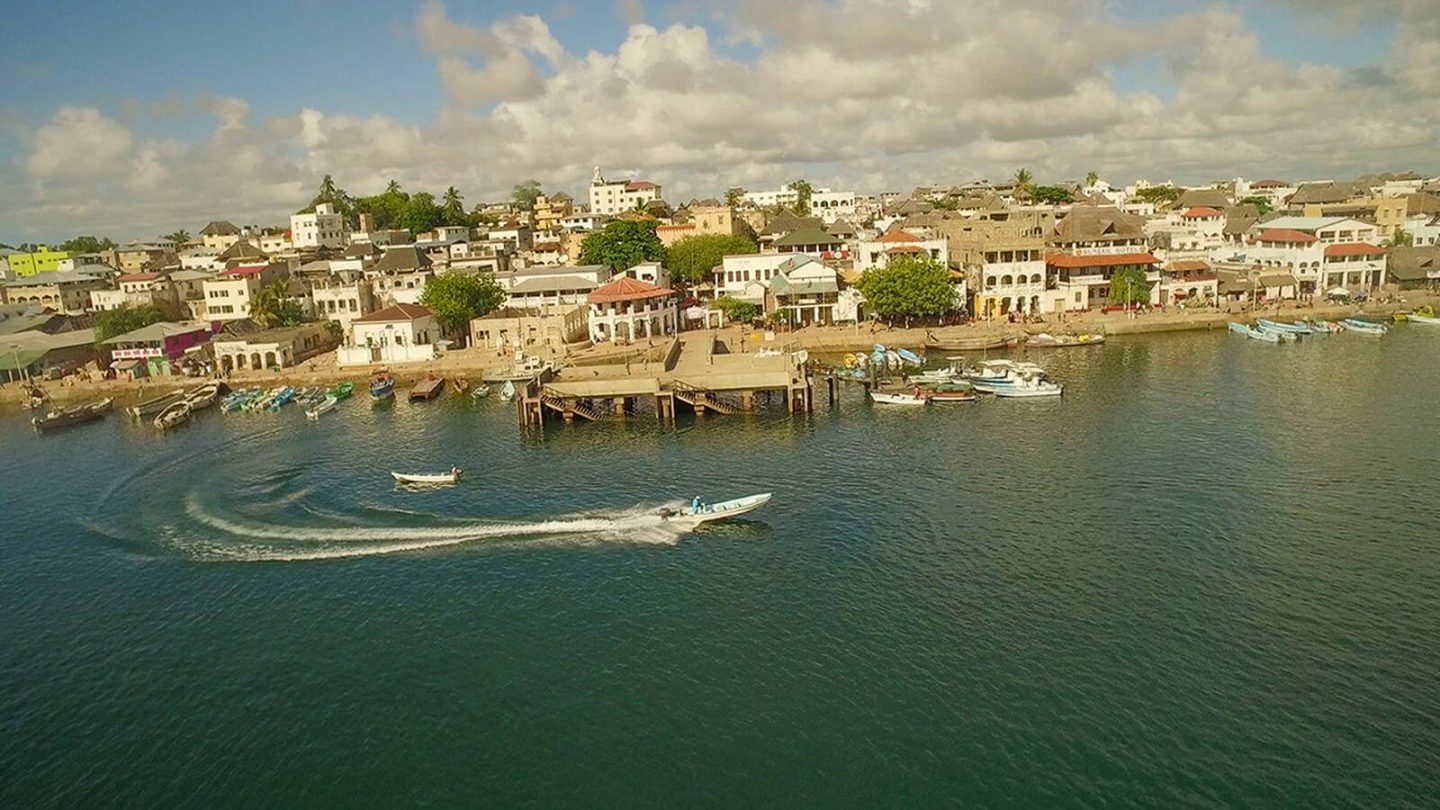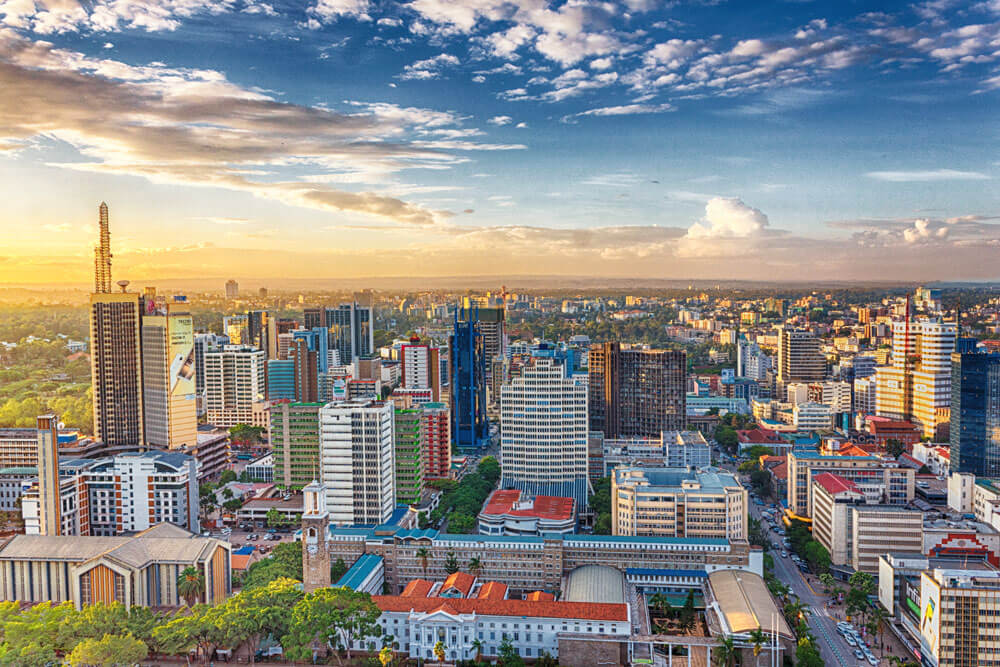What to Wear on an African Safari
Regarding what to wear on an African safari, it’s important to prioritize comfort, practicality, and protection from the elements. Here are some essential clothing items to consider:
Shirts and Tops
-
Lightweight, long-sleeved shirts: Choose breathable materials like cotton or linen to keep calm and protect your skin from the sun, insects, and dust.
-
Neutral-colored shirts: Opt for khaki, beige, or olive green to blend in with the environment and avoid attracting insects.
-
T-shirts: Pack a few comfortable and breathable t-shirts for hot weather or as an extra layer under a long-sleeved shirt.
Lightweight, long-sleeved shirts: Choose breathable materials like cotton or linen to keep calm and protect your skin from the sun, insects, and dust.
Neutral-colored shirts: Opt for khaki, beige, or olive green to blend in with the environment and avoid attracting insects.
T-shirts: Pack a few comfortable and breathable t-shirts for hot weather or as an extra layer under a long-sleeved shirt.
Bottoms
-
Long pants: Carry lightweight, loose-fitting pants or cargo trousers to protect your legs from the sun, insects, and vegetation.
-
Neutral-colored pants: Similar to shirts, choose khaki, beige, or olive green pants for better camouflage and to avoid attracting wildlife.
-
Shorts: Pack a pair of comfortable shorts for hot weather or relaxing at the campsite, but be aware of the need for sun protection and insect bite prevention.
Long pants: Carry lightweight, loose-fitting pants or cargo trousers to protect your legs from the sun, insects, and vegetation.
Neutral-colored pants: Similar to shirts, choose khaki, beige, or olive green pants for better camouflage and to avoid attracting wildlife.
Shorts: Pack a pair of comfortable shorts for hot weather or relaxing at the campsite, but be aware of the need for sun protection and insect bite prevention.
Layers
-
Sweater or fleece jacket: Nights and early mornings can be chilly, especially in open vehicles or high-altitude areas. A warm layer will help you stay comfortable.
-
Lightweight, waterproof jacket: Prepare for unexpected rain or chilly winds by carrying a compact and waterproof outer layer.
Sweater or fleece jacket: Nights and early mornings can be chilly, especially in open vehicles or high-altitude areas. A warm layer will help you stay comfortable.
Lightweight, waterproof jacket: Prepare for unexpected rain or chilly winds by carrying a compact and waterproof outer layer.
Footwear
-
Sturdy, closed-toe shoes: Invest in comfortable, closed-toe shoes or hiking boots with good traction that are the best of what to wear on an African safari for hikes. Please make sure they are broken in before your trip to avoid blisters.
-
Sandals or flip-flops: Pack a pair of comfortable sandals or flip-flops to wear around the campsite or lodge.
Sturdy, closed-toe shoes: Invest in comfortable, closed-toe shoes or hiking boots with good traction that are the best of what to wear on an African safari for hikes. Please make sure they are broken in before your trip to avoid blisters.
Sandals or flip-flops: Pack a pair of comfortable sandals or flip-flops to wear around the campsite or lodge.
Headwear
-
Wide-brimmed hat or cap: Protect your face, neck, and ears from the sun’s harsh rays by wearing a wide-brimmed hat or cap. It’s preferable if it has a strap to keep it in place during windy conditions.
-
Bandana or scarf: Carry a lightweight scarf or bandana to protect your face from dust and to keep your neck covered.
Wide-brimmed hat or cap: Protect your face, neck, and ears from the sun’s harsh rays by wearing a wide-brimmed hat or cap. It’s preferable if it has a strap to keep it in place during windy conditions.
Bandana or scarf: Carry a lightweight scarf or bandana to protect your face from dust and to keep your neck covered.
Accessories
-
Sunglasses: Protect your eyes from the bright sunlight and glare.
-
Binoculars: Enhance your wildlife viewing experience by carrying lightweight binoculars.
-
Camera and accessories: Capture memorable moments and wildlife sightings with a high-quality camera, extra batteries, memory cards, and a zoom lens for wildlife photography.
-
Insect repellent: Safeguard yourself from mosquitoes and other insects using a DEET repellent.
-
Sunscreen and lip balm: Apply a high-SPF sunscreen to protect your skin from the intense African sun, and remember to protect your lips.
Remember to check the specific climate and weather conditions of your safari destination and any specific clothing requirements provided by your tour operator or safari company. Packing lightweight, breathable, and neutral-colored clothing that allows you to move comfortably while blending in with the natural surroundings is essential.
Sunglasses: Protect your eyes from the bright sunlight and glare.
Binoculars: Enhance your wildlife viewing experience by carrying lightweight binoculars.
Camera and accessories: Capture memorable moments and wildlife sightings with a high-quality camera, extra batteries, memory cards, and a zoom lens for wildlife photography.
Insect repellent: Safeguard yourself from mosquitoes and other insects using a DEET repellent.
Sunscreen and lip balm: Apply a high-SPF sunscreen to protect your skin from the intense African sun, and remember to protect your lips.




